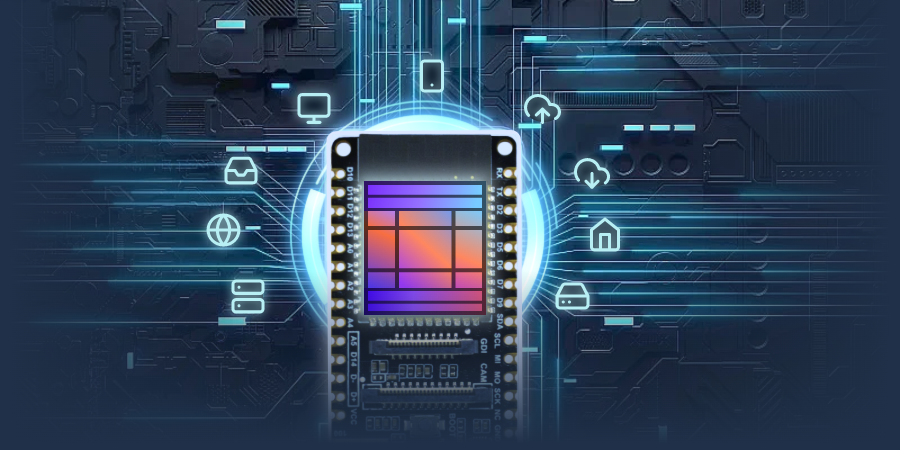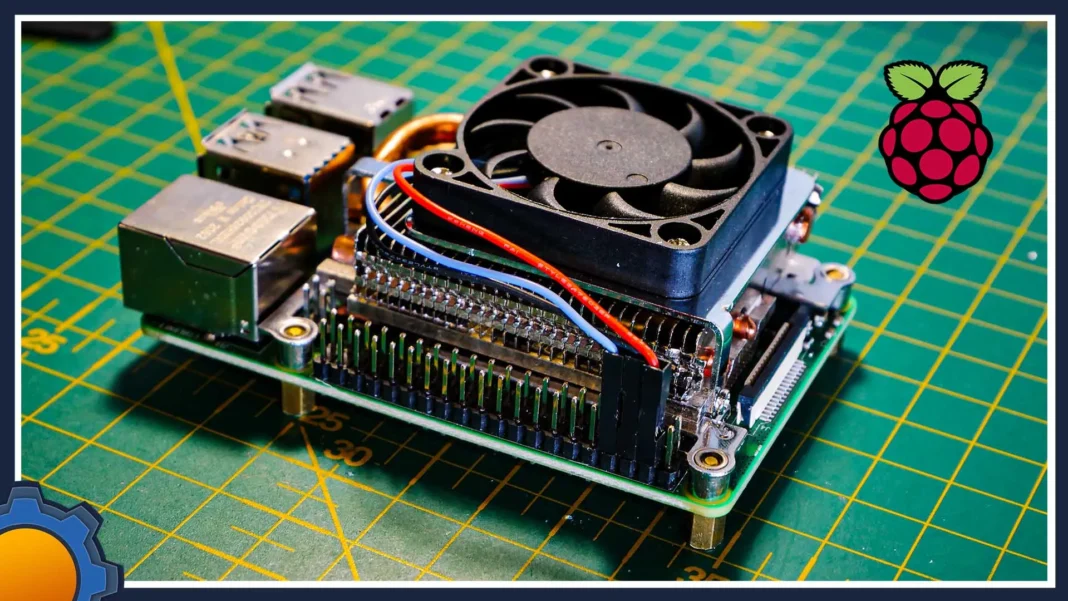ESPHome is a powerful tool that simplifies the process of creating custom firmware for ESP8266/ESP32-based devices. It’s designed to work hand-in-hand with Home Assistant, offering a user-friendly interface and robust functionality for home automation enthusiasts.
At its core, ESPHome supports an extensive range of devices, encompassing sensors (temperature, humidity, motion) and actuators (relays, switches, lights). Configuration templates simplify setup, while YAML configurations allow deep customization of device behavior, MQTT settings, and automation triggers based on sensor readings or events. Real-time monitoring via the ESPHome Dashboard empowers users to keep track of device statuses and troubleshoot issues efficiently.
For advanced users, ESPHome offers the ability to create custom components, extending the platform’s capabilities beyond its default offerings. These Python-based components enable users to craft intricate functionalities tailored to specific needs. API integration, through REST and MQTT APIs, facilitates seamless communication between ESPHome devices and third-party services, fostering data exchange and control.
Noteworthy features like Over-The-Air updates streamline firmware updates for deployed devices, ensuring they consistently operate on the latest software versions. ESPHome’s technical advantages lie in its modular architecture, efficient resource utilization, and extensive documentation coupled with a supportive community. This combination empowers users to develop scalable, efficient, and customized smart home solutions that precisely match their preferences and requirements.
Why Choose ESPHome + Home Assistant?
Home Assistant (HA) is the most actively developed open-source smart-home hub today, adding ~20 000 new users each month, thanks to its native support for Matter, Thread, Zigbee, Z-Wave and more. ESPHome, in turn, auto-generates lightweight C++ firmware for ESP8266/ESP32 chips out of plain-English YAML, then exposes every entity to HA with zero code, no cloud, no vendor lock-in – making it the darling of the DIY community.
Key benefits:
- Local control & privacy: All automation logic runs on-prem; internet outages never break lighting or HVAC.
- Single dashboard: HA’s Lovelace UI unifies Wi-Fi plugs, Zigbee lights, Thread sensors, Matter locks and more in one card-based interface.
- Infinite customization: From toggle buttons to complex lambdas, you decide exactly how each device behaves.
- OTA in one click: Firmware updates land over Wi-Fi, no ladder-climbing.
- Rock-solid community: Over 60 000 GitHub stars for HA and 8 000 + for ESPHome mean help is a forum-post away.
Hardware Prerequisites & Shopping List
Picking the Right MCU
| Use-case | Chip | Pros | Cons |
| Ultra-cheap plugs, relays | ESP8266 | Mature, $2 bare modules | Single core, limited RAM |
| General purpose nodes | ESP32 | Dual core, BLE, capacitive touch | Slightly higher idle current |
| Edge AI / voice assistant | ESP32-S3 | Vector instructions, USB-CDC, 512 kB RAM | Early adopter quirks |
Tip: Stick to DevKitC-style boards for breadboarding; migrate to Sonoff Basic R3 or Dual R3 for quick installs (they already include mains-safe power supplies).
Must-Have Accessories
- 5 V / 3.3 V USB-TTL flasher (CP2102 or CH9102)
- Quality 5 V 2 A PSU for stable Wi-Fi power
- Dupont jumper wires, breadboard, resistor pack, level shifter
- Sensors & actuators: DHT22, BME280, PIR, DS18B20, SCT-013 CT clamp, HX711 load-cell amp, WS2812 LED strip
- Optional: microSD card (for HA Green), Zigbee coordinator, Thread border router
Installing Home Assistant in 2025
- Choose a flavor
- HA Green (plug-and-play box) for zero fuss.
- HA OS x64 image on Intel NUC for snappiest UI.
- Docker container if you already run a NAS.
- Boot & Onboard: Visit http://homeassistant.local:8123, create an account, enable Advanced Mode for YAML access.
- Secure first:
- Enable 2-factor auth under Profile → MFA.
- Install the free WireGuard add-on; delete router port-forwards — exposing 8123 is risky.
- Backups: Activate Home Assistant Cloud 1 GB backups or schedule weekly Google Drive snapshots.
Official Home Assistant website: Home Assistant
Installing ESPHome (Add-on or Stand-alone)
- In HA, go to Settings → Add-ons → Add-on Store and search ESPHome.
- Hit Install, Start, then Open Web-UI. You’ll land on the ESPHome Dashboard listening at http://homeassistant.local:6052.
- Click NEW DEVICE → Name: livingroom_sensor, Board: ESP32-DevKitC.
Behind the scenes ESPHome’s Docker image compiles your YAML into a binary using PlatformIO and the Espressif IDF. Visit the official ESPHome website.
Please note, If you do not proxy your ESPHome instance behind a webserver with SSL, you cannot access the ports on the ESP32. For such cases, please use the ESPHome webflaser at https://web.esphome.io/
ESPHome vs. Tasmota vs. Tuya
| Firmware | Native HA Integration | Config Style | OTA | Custom Logic | Typical Use |
| ESPHome | Native API (0-delay) | YAML | Yes | Lambdas | Hobby projects, bespoke sensors |
| Tasmota | MQTT discovery | Text commands | Yes | Rules v3 | Quick retrofits on legacy plugs |
| Tuya (stock) | Cloud | App only | Vendor updates | None | Non-flashable bulbs |
Switching is painless; just flash ESPHome over Tasmota via web-serial or OTA.
5 Ready-to-Build Project Ideas
- Whole-House Power Monitor using three SCT-013 clamps plus a Wago-secure DIN enclosure.
- Smart Water Flow Meter with YF-S201 hall sensor; deep-sleep between pulses.
- Carbon-Neutral Grow-Light Controller adjusting PAR via BH1750 lux readings.
- Presence-Aware Nightlight — ESP32-C3 + PIR + 24-LED ring + deep-sleep.
- Offline Voice + Gesture Box on ESP32-S3-BOX-3 controlling Zigbee bulbs via HA scripts.
As of writing this post, ESPHome supports over 630 Devices. You can check them out here: devices.esphome.io
Or build your own IoT using ESPHome Docs — ESPHome Components!
Troubleshooting & FAQ
| Symptom | Quick Fix |
| Compile fails after upgrade | Add platform_version constraint or run esphome run –clean to rebuild — IDF 5 migration changed headers |
| Device not discovered | Ensure api: block exists; HA can’t auto-discover MQTT-only nodes. |
| Wi-Fi connects then drops | Use fast_connect: true for hidden SSID; check power supply ripple. |
| OTA stalls at 1 % | ESP8266 requires > 2 MB flash part; shrink filesystem or flash via USB. |
| ESP32-S3 USB serial missing | Switch framework to arduino instead of esp-idf or enable USB-CDC |
Performance Tuning & Scaling Up
- Native API batching (2025.6.0) cuts latency 30 % (ESPHome).
- Memory footprint improved by ~12 kB; older 4 MB Sonoff Basic still safe.
- Network hygiene: Assign static DHCP leases; use mDNS reflector for subnets.
- Dashboard caching: Enable HA Front-End → Advanced → Compressed caching for 4 × faster mobile load.
- Bluetooth Proxy Mode: Convert spare ESP32s into BLE proxies to extend coverage.
TL;DR
ESPHome + Home Assistant is the most beginner-friendly yet extremely powerful pathway to 100 % local-first DIY home-automation.
ESPHome allows you to create “configurations” which allow you to turn common microcontrollers into smart home devices.
A device “configuration” consists of one or more YAML files and, based on the content of the file(s), ESPHome creates custom firmware which you can then install directly onto your device. Hardware defined in the configuration–such as sensors, switches, lights, and so on–will automatically appear in Home Assistant’s user interface.
Note that there are two “parts” to ESPHome:
- The part which runs on the device/microcontroller, and…
- The part which runs on your computer system, whether that’s a single-board computer (SBC) such as a Raspberry Pi or a laptop/desktop-class system.
The ESPHome Device Builder provides a simple web user interface (UI) which allows you to create, edit and install your device configurations onto your devices.




